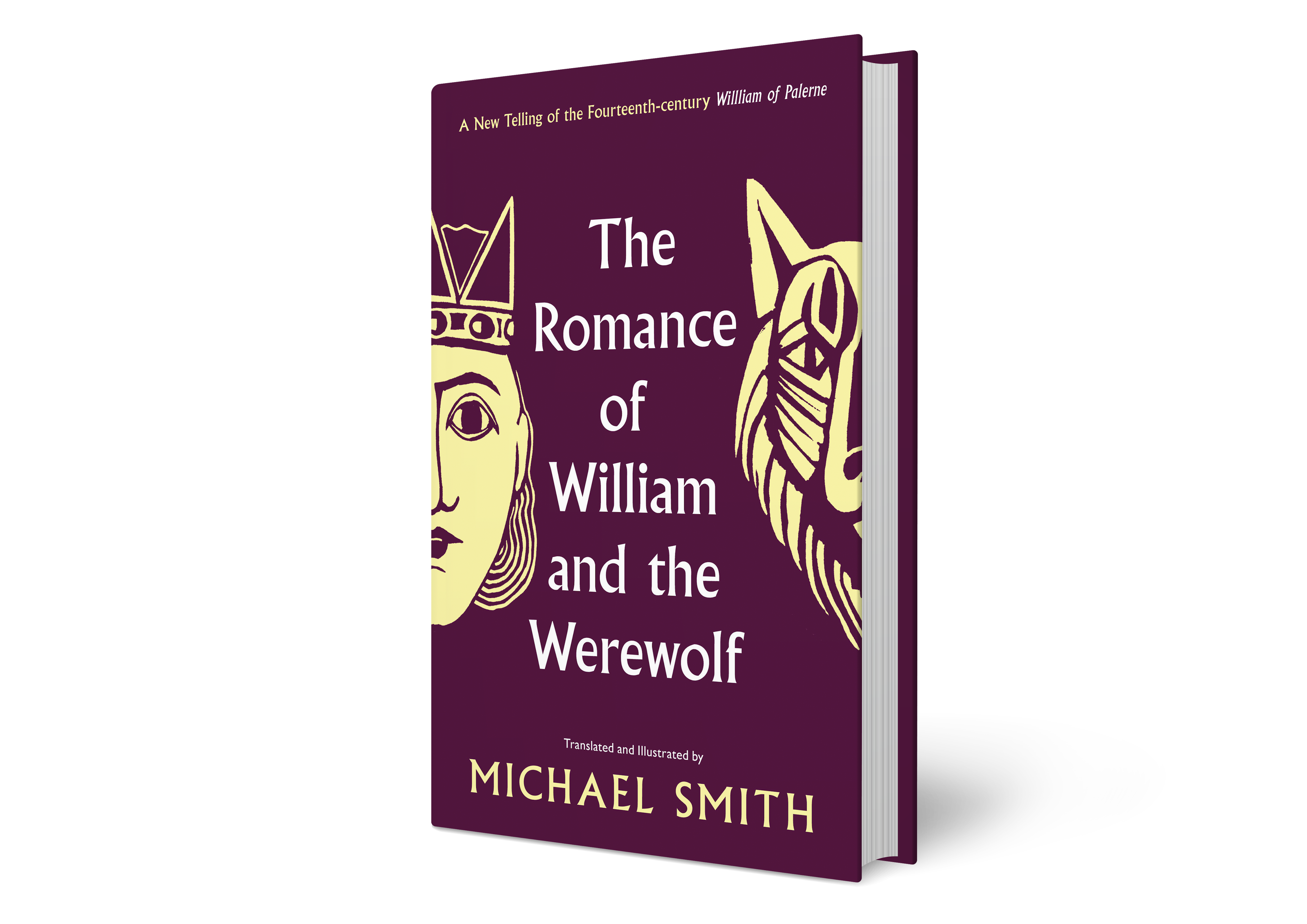
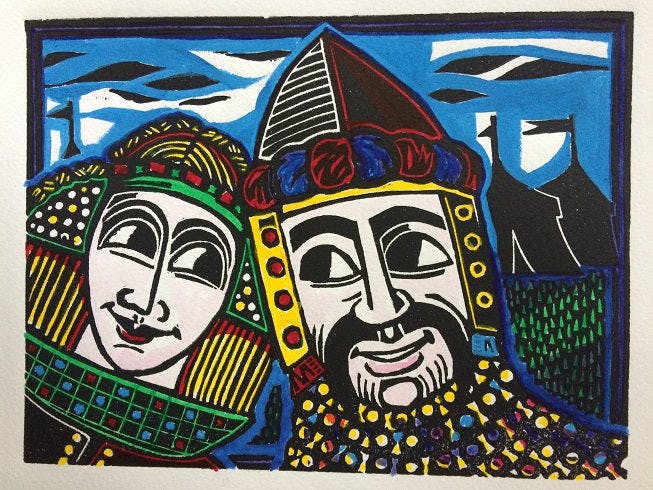
- Home
- The Romance of William and the Werewolf
The Romance of William and the Werewolf
About The Book
A magical, long-forgotten masterpiece, The Romance of William and the Werewolf is the story of two outcast princes who overcome injustice to reclaim their inheritance and build a society based on tolerance and good government.
Referred to by scholars as William of Palerne, it was first translated from French and then converted into an alliterative Middle English romance by an obscure West Midlands scribe in c. 1350. It has never been formally translated into modern English – until now.
Written nearly 700 years ago, it speaks to us just as clearly today. It's themes of rightful inheritance, a woman's freedom to choose, social class and justice, challenge us to reflect upon our own contemporary politics and the sense of corruption and entitlement which underpin it.
As with Michael Smith's other translations – Sir Gawain and the Green Knight and King Arthur's Death – The Romance of William and the Werewolf features a detailed historical introduction, comprehensive explanatory notes, and Michael's own rich and beautiful linocut illustrations.
William is rescued by a werewolf to be brought up by a cowherd.

First edition hardback signed by the author and your name printed in the book.

A personal thank you from Michael and a hand-written line from the poem, chosen and written by him in Middle English, fe...

First edition hardback plus your name printed in the book.
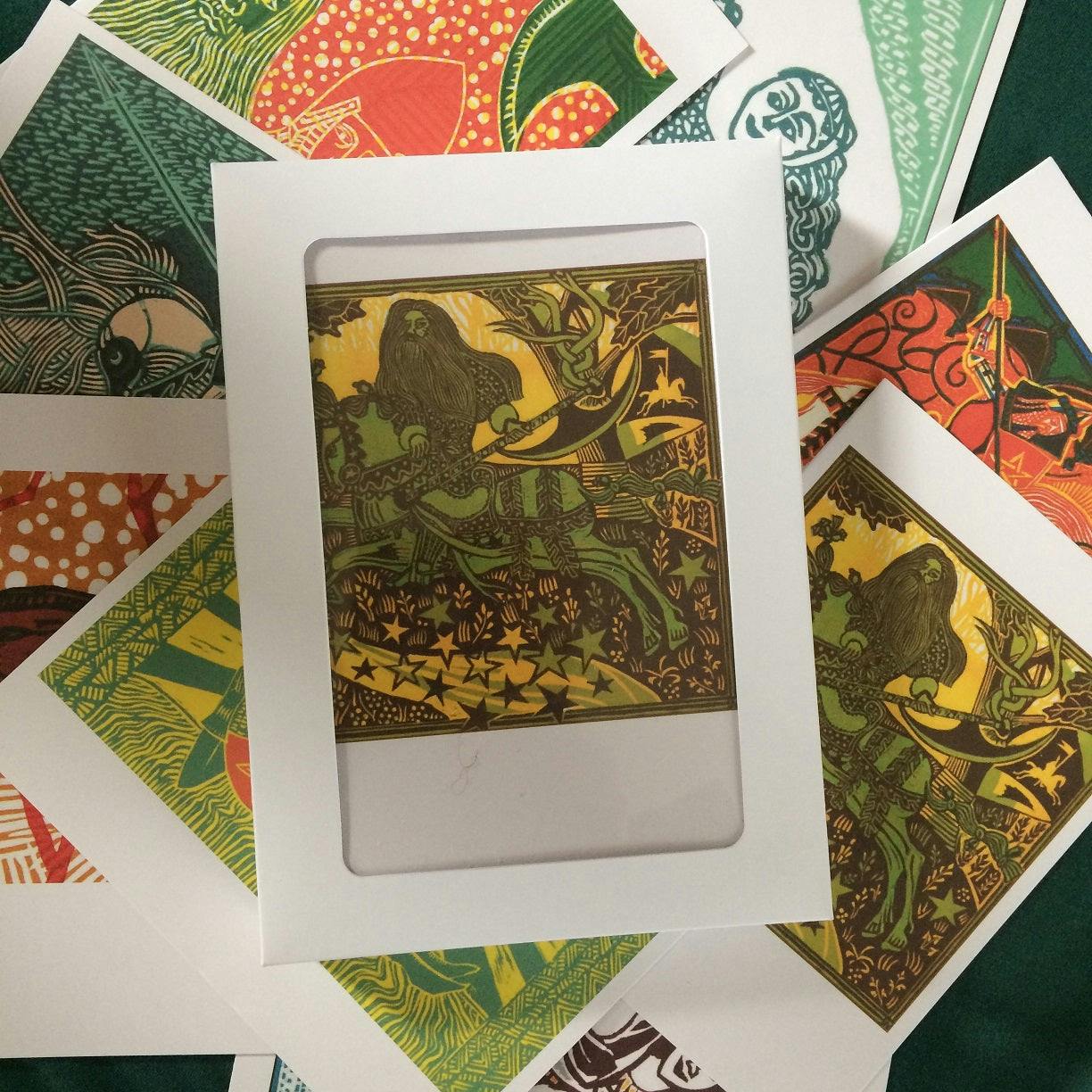
A boxed set of 16 high quality greetings cards (with envelopes) featuring linocut prints by the author (including some i...

A boxed set of 16 high quality greetings cards (with envelopes) featuring linocut prints of Viking and Anglo-Saxon art, ...

A boxed set of 16 high quality greetings cards (with envelopes) featuring linocut prints of mediaeval animals and people...
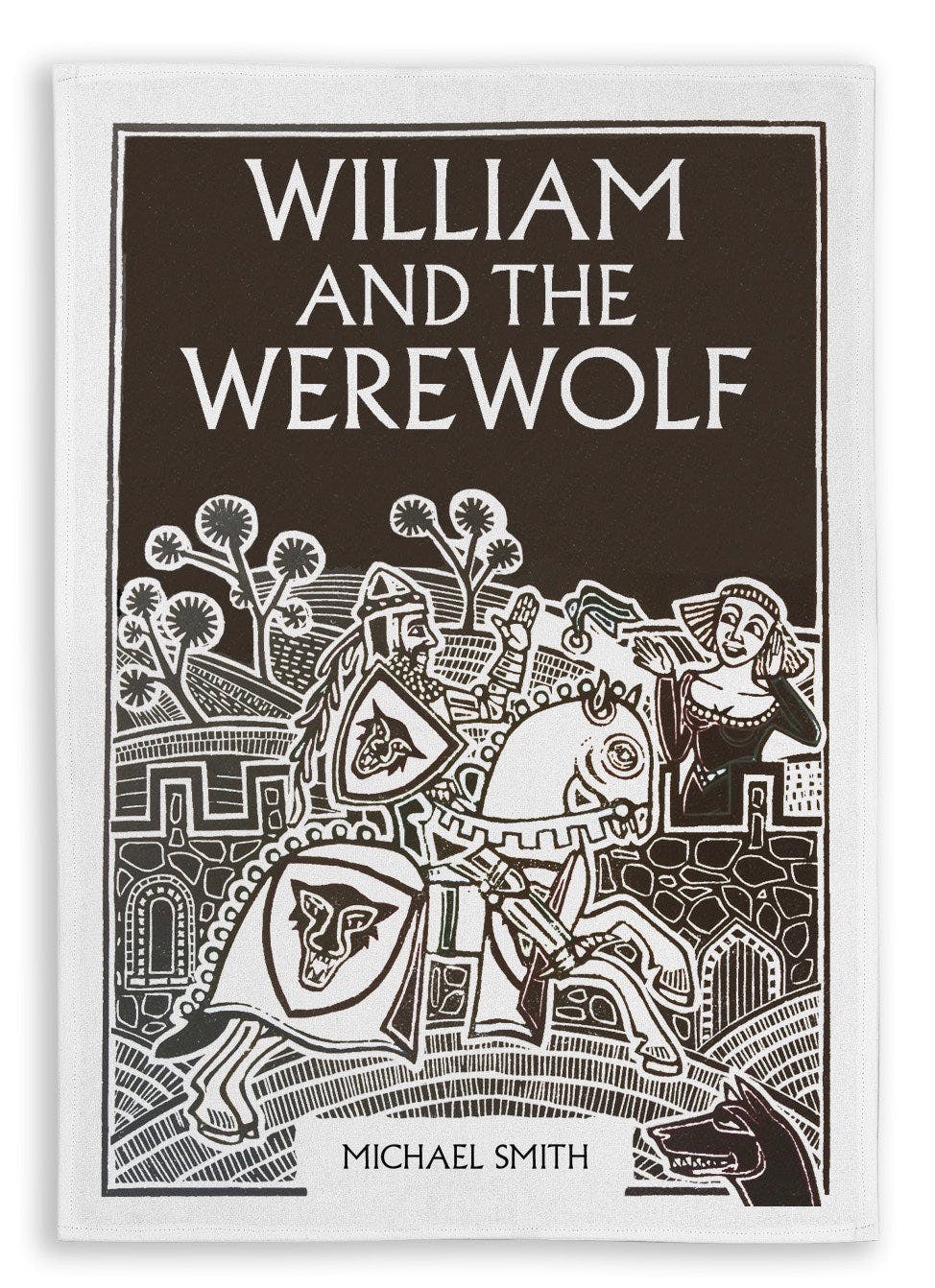
A tea towel of the cover (book not included in this purchase).
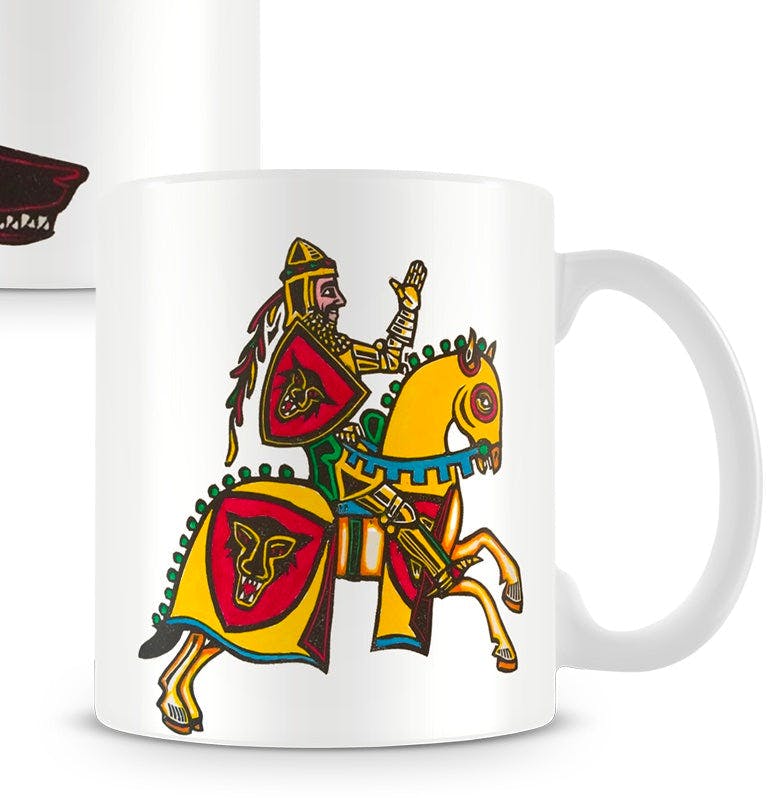
A specially designed mug (book not included in this purchase).

Original linocut, hand-printed and signed by the author, on 250gsm Somerset Velvet paper, ready for framing. Printed are...
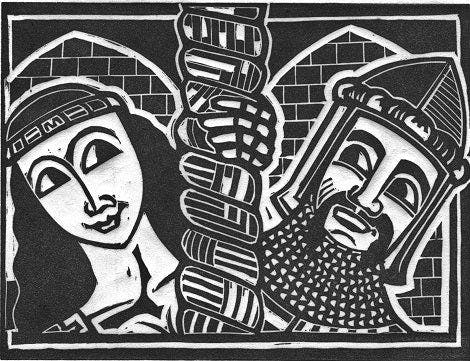
Original linocut, hand-printed and signed by the author, on 250gsm Somerset Velvet paper, ready for framing. Printed ar...
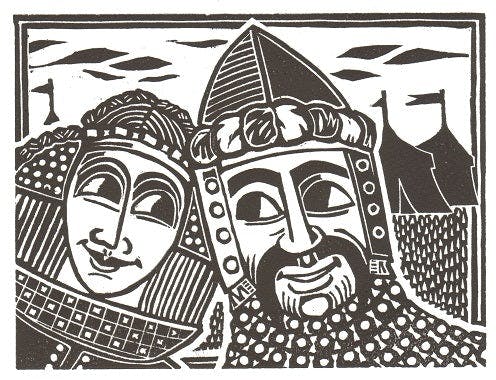
Original linocut, hand-printed and signed by the author, on 250gsm Somerset Velvet paper, ready for framing. Printed ar...
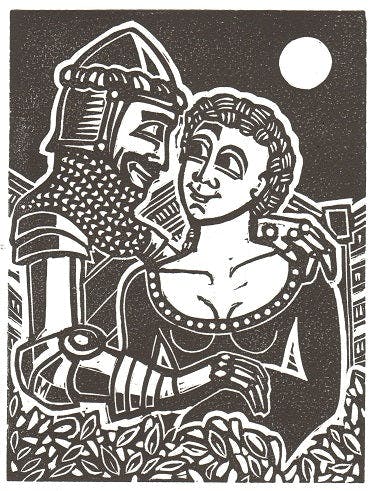
Original linocut, hand-printed and signed by the author, on 250gsm Somerset Velvet paper, ready for framing. Printed ar...
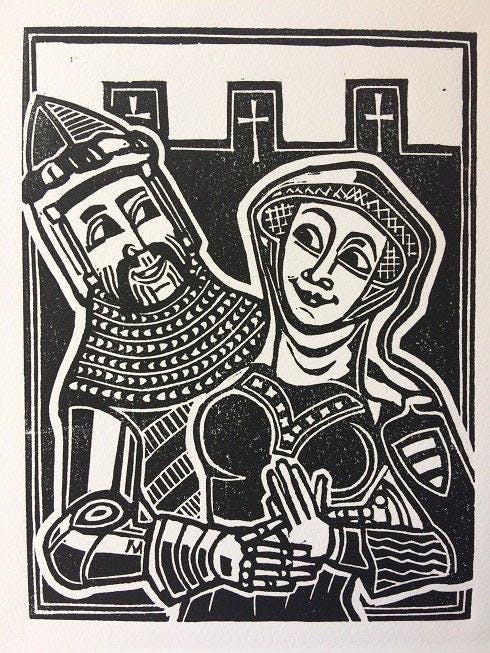
Original linocut, hand-printed and signed by the author, on 250gsm Somerset Velvet paper, ready for framing. Printed ar...
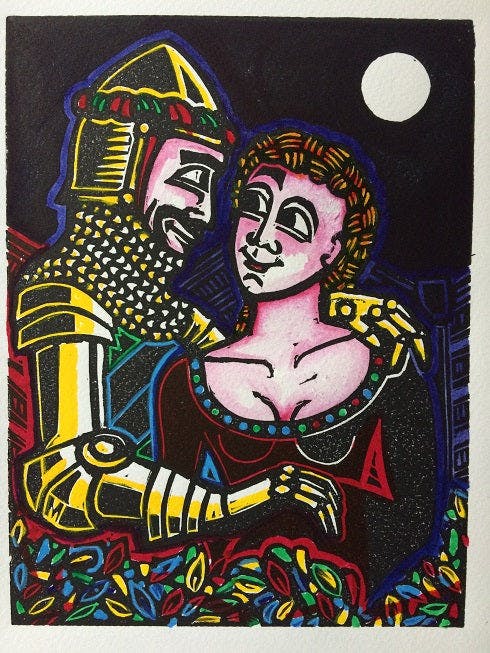
A unique, original linocut print, hand-printed then meticulously tinted with egg-based paints and signed by the author, ...
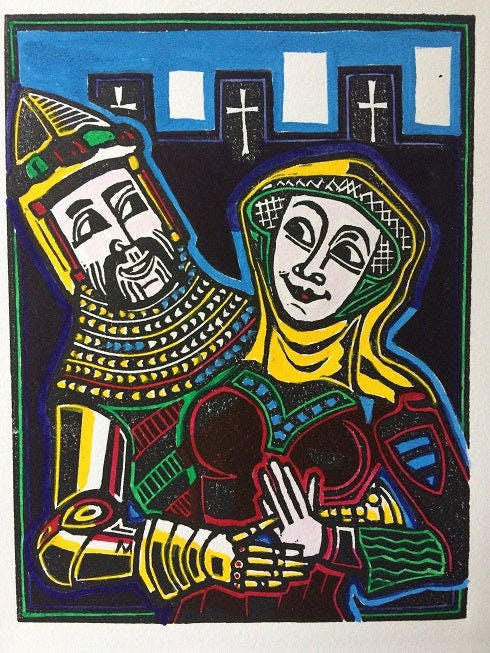
A unique, original linocut print, hand-printed then meticulously tinted with egg-based paints and signed by the author, ...
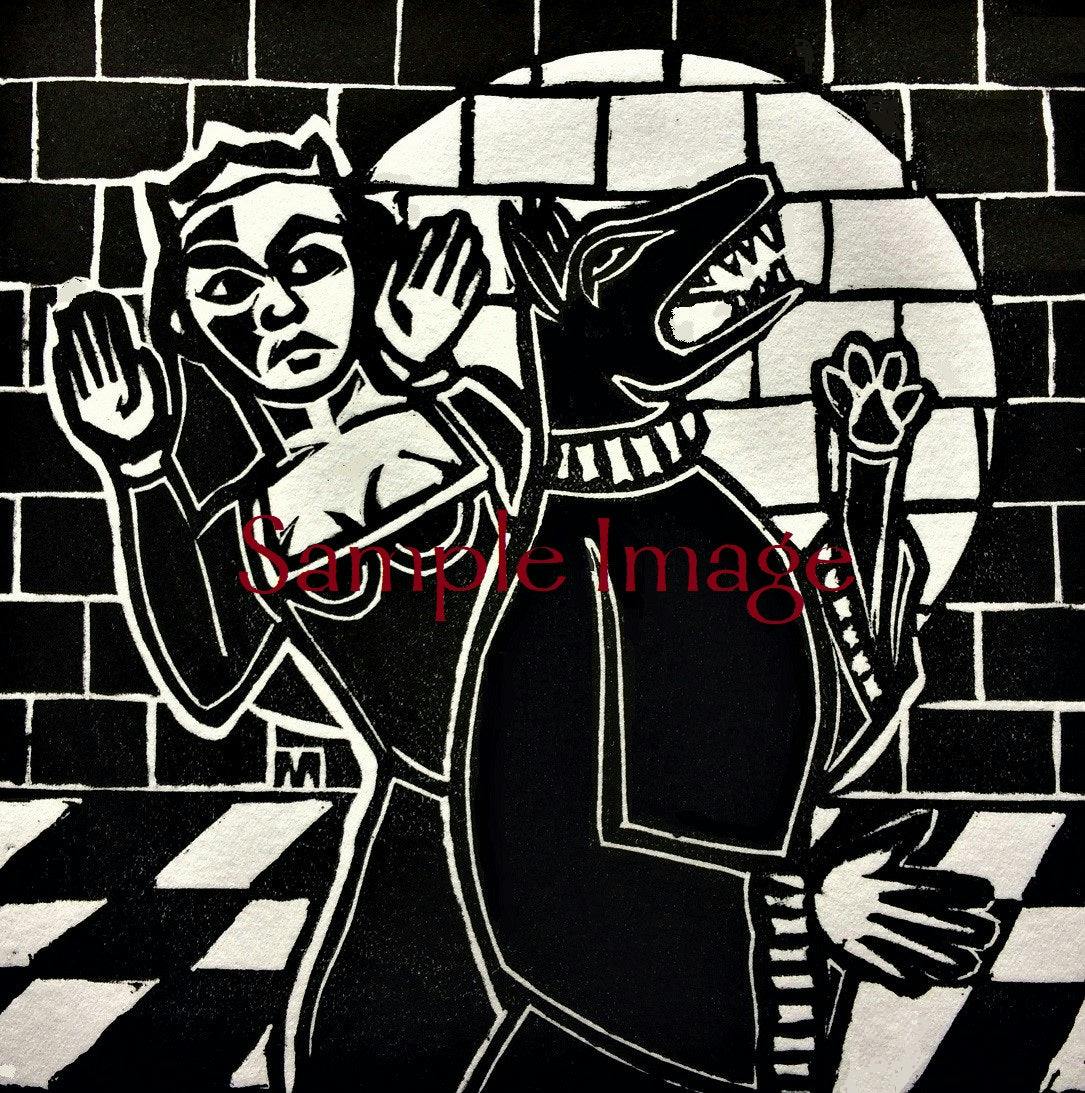
ORIGINAL linocut illustration, hand-printed and signed by the author, on 250gsm Somerset Velvet paper, ready for framing...
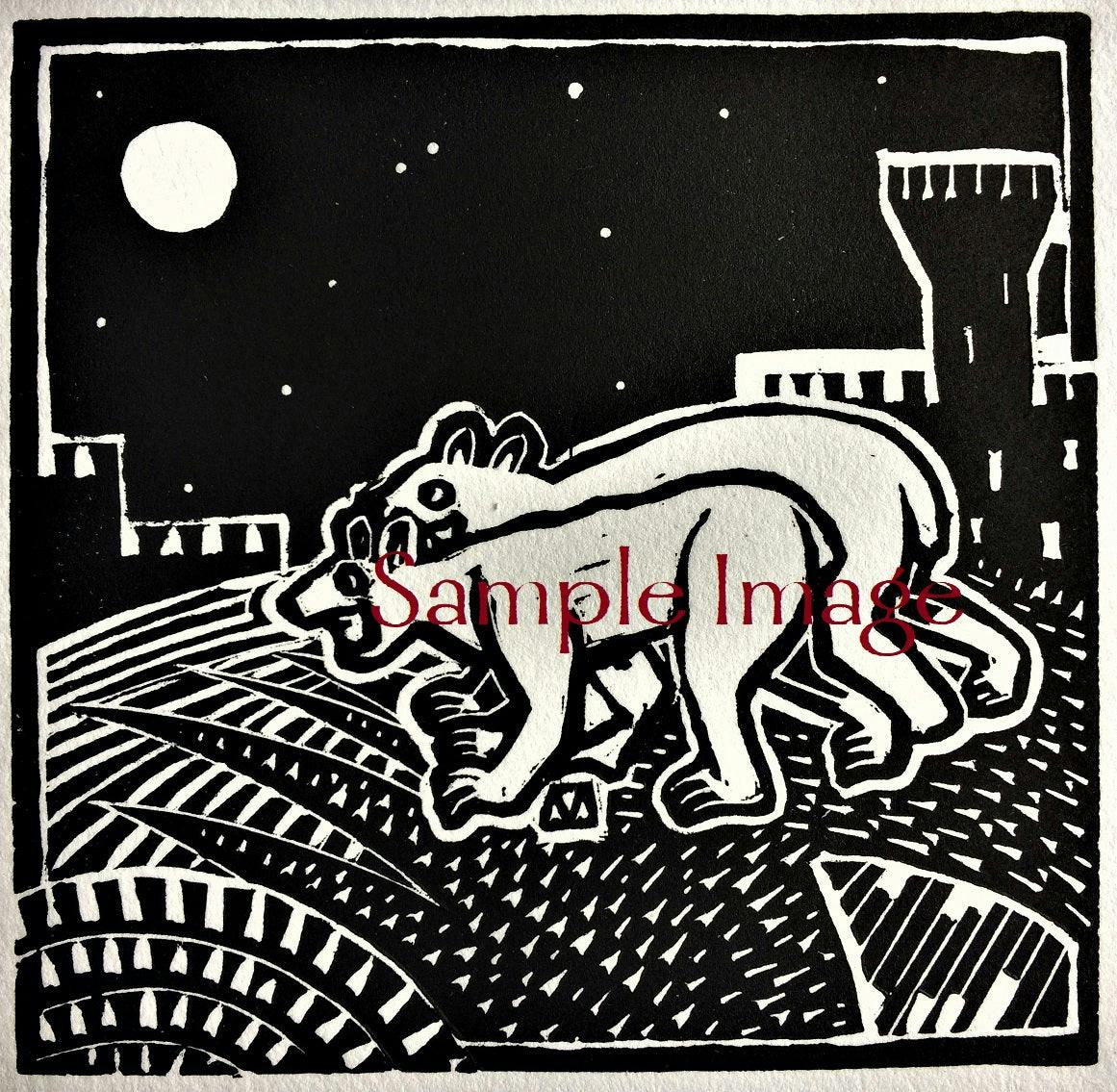
Original linocut illustration, hand-printed and signed by the author, on 250gsm Somerset Velvet paper, ready for framing...
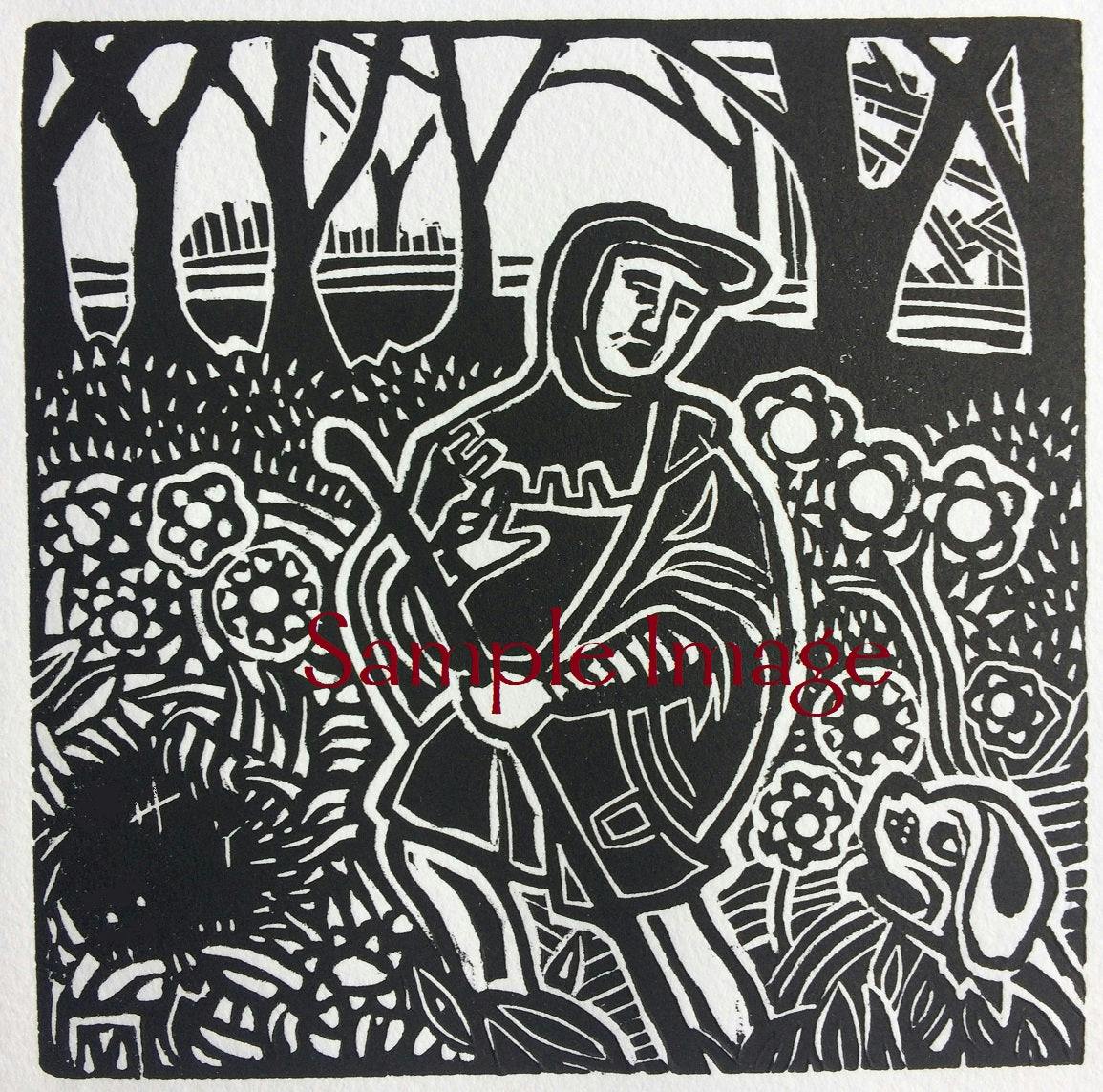
Original linocut illustration, hand-printed and signed by the author, on 250gsm Somerset Velvet paper, ready for framing...

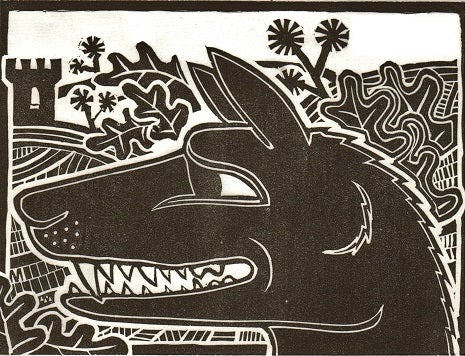
Original linocut, hand-printed and signed by the author, on 250gsm Somerset Velvet paper, ready for framing. Printed ar...
Updates From The Author
As you know, over the weekend my translation of William and the Werewolf hit 100% funding and will now definitely be published! This could not have happened withoout your help and generosity; in writi...
23.04.2023The extant survivors of Middle English romances are rarely, if ever, the work of the original author. Instead they can at best be described as a “witness” to the original text although, like any witne...
14.04.2023Dear Subscriber, As I write, William and the Werewolf has reached 91% funding! - we're nearly there and it would not have been possible without your help. By my calculation, I estimate that a further ...
15.03.2023Although the figure of the “damsel in distress” is a frequent stereotype in medieval romance, to say such characters are typical is very far from the truth. Across the spectrum of Middle English roman...
01.03.2023Dear Patron I am writing to thank you for supporting my work; as I write, William and the Werewolf is now 75% funded and hopefully this year will see it reach its financial target and bring this fabul...
19.12.2022The recent death of Her Majesty Queen Elizabeth II and the proclamation of Charles III as her successor highlighted that to become monarch is accidental but to act as monarch requires dedication to se...
29.09.2022A theme of several mediaeval romances is that of exile; typically a young knight is disinherited from his lands by a wicked relative and, over several episodes, recovers them. Yet, as we know from our...
08.08.2022How do you translate an old manuscript when the opening pages of the original hand-written script are missing? This is the precise challenge facing any translator of the Middle English William of Pale...
24.03.2022Dear lover of mediaeval poetry, I thought it would be nice to share with you some of my translation of William and the Werewolf (William of Palerne). This short film gives you a flavour of the warmth ...
13.02.2022In the mediaeval period, even though people had little power to be able change anything, this did not mean they had to accept the ways of their rulers come what may. If 'peasants' could revolt - as in...
25.01.2022The simplest words often convey the most complex meaning. This is certainly the case in place-names where settlements with the shortest names are often the most ancient in origin, a testament to when ...
07.12.2021In an earlier update for William and the Werewolf, I discussed different environments for audiences of mediaeval romances. Last week, I managed at the third attempt to visit Longthorpe Tower near Pete...
26.10.2021Fellow traveller, I have produced a brief film about the beauty of fourteenth century Middle English and why I find it so inspiring; in particular, the notion of making contact with the voices and per...
02.09.2021If you walk from Liverpool Street Station in London towards St Paul's Cathedral along Old Broad Street you might, in one unthinking moment, blink and miss a curious little alleyway on your right hand ...
21.07.2021As well as being rich in chivalric exploits and common themes of quest and adventure, mediaeval romances are also defined by their setting; in particular those of castles and countries. Possibly due t...
29.06.2021Dear subscriber – as the fundraising continues for William and the Werewolf, I thought I’d update you with work behind the scenes: the not inconsiderable task of illustrating the book! I estimate I’ll...
18.05.2021As once again government ministers become embroiled in allegations of sleaze embedded in a suffocating cloud of self-entitlement, mendacity and lack of empathy, it’s all too often easy to forget that ...
28.04.2021Mediaeval poets knew how to describe a good battle: lots of charging, slashing, blood and gore. The Alliterative Morte Arthure, King Arthur's Death, is one such example - perhaps taking matters to ext...
05.04.2021In 1936, M R James and E G Millar published The De Bohun Manuscripts: a Group of Five Manuscripts Executed in England about 1370 for Members of the De Bohun Family through the Roxburghe Club. Describi...
02.03.2021The work of mediaeval scribes was one of quiet concentration and, at times, excruciating pain and toil; their manuscripts often all we have left to tell of the dedicated, yet unsung, lives they lived....
04.02.2021In the words of Leah Haught of the Camelot Project, the "Fair Unknown" is a “universally popular folk motif with strong Arthurian connections in which a young man of questionable lineage becomes an in...
17.01.2021In my last update, I discussed the passion of the two lovers in William and the Werewolf, that between the Sicilian prince William and the Roman princess, Melior. In this update, I want to reflect on ...
22.12.2020A central component of William and the Werewolf (the fourteenth century romance also known as William of Palerne) is the love between William, the poem’s central character, and Melior, the daughter of...
11.11.2020Public storytelling, alongside minstrelsy, dancing, jesting and games, formed an important part of entertainment in noble, knightly and/or merchant households in fourteenth century England. Such story...
19.10.2020The character of the werewolf in the Middle English poem William of Palerne (the romance of William and the Werewolf) is one which, when we meet it, is not what we were expecting. A benign creature wh...
05.10.2020Be a part of our community! 334,112 people from 207 countries have pledged £11,980,334 to fund 646 projects - and counting!
